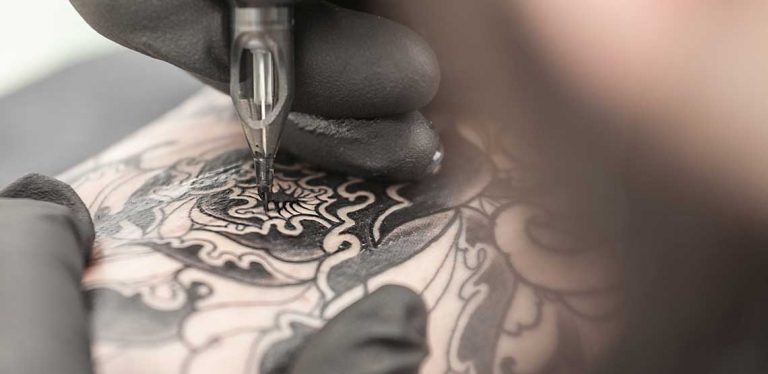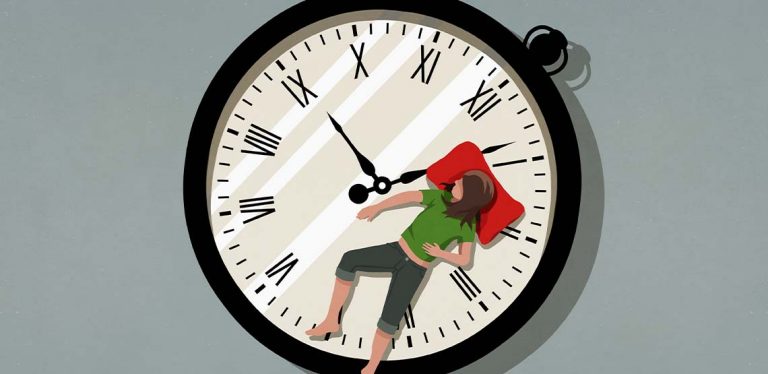How to Clean a Tattoo
Today’s the day! You got your new tattoo and it is just how you imagined it. Now that you have it, you want it to last, right? This needs to be done through proper aftercare and maintenance. Proper tattoo aftercare helps you avoid infections, allows your tattoo to heal, and the ink to last longer. Here you will learn how to clean a tattoo to keep the work of art in best condition and to avoid infection.
Note: Before getting a tattoo, it is always advisable to make sure your tattoo artist uses new needles and clean equipment.
When Leaving the Tattoo Studio
After finishing a tattoo, a tattooist may add a thin layer of petroleum jelly and place some kind of bandage over the tattoo. Other tattooists might wipe it with a cloth soaked in antibacterial soap and water and wrap it in a plastic or surgical wrap. Other times, tattooists might use a different method. No matter which method your artist uses, make sure that your tattoo is not left exposed and without any measure of care when you leave the studio.
If your tattooist does put a bandage or wrap on your tattoo, keep it on for at least a few hours but preferably up to 24 hours. Make sure the area with the tattoo does not get soaked or wet during that time.
If your tattoo was wrapped in surgical plastic, make sure the inside of the wrap does not steam up. Your tattooist might give you some tips on how to care for your tattoo. So, make sure to stick to the guidelines they provide.
Tattoo Aftercare at Home: Week 1
After 24 hours, remove the bandage and gently wash the tattoo. Here’s how:
- Wash your hands thoroughly (up to 15 seconds).
- Using lukewarm water, collect some water in your hands and pour it over the tattooed area. Softly rub the water over the area until it is damp.
- Use a mild, fragrance-free, antimicrobial soap (e.g., Carex or Dettol). Lather it in your hands and apply it over the damp area. Do not use a washcloth or towel.
- Rinse it and remove all lather.
- Dry it by gently dabbing the area using a clean paper towel.
- Finally, apply a small amount/light layer of ointment, unscented moisturizing cream, or Vaseline. The tattooist may also recommend a product for you to use. Do not put the bandage back on.
- Apply your ointment or moisturizing cream as needed to make sure your tattoo does not dry out.
Repeat this process twice a day to keep your tattoo clean and reduce any risk of infection.
Tattoo Aftercare at Home: 2 to 4 Weeks
For the next month, continue doing the above routine. Here are some things to avoid during this time:
- Wearing tight clothes that might stick to your tattoo. If you cannot avoid clothes that will stick to your tattoo, cover it with cling film or medical tape before getting dressed.
- Direct Sunlight. Try to apply 7% zinc oxide sunscreen daily to avoid direct sunlight exposure or cover your tattoo with clothing or a bandage when going out in the sun.
- Swimming.
- Avoid soaking your tattoo in water for at least a month (showers over baths and make sure that area of your body is not directly under the shower’s stream).
- Exposing your tattoo to scalding hot water (such as hot showers, baths, or hot tubs). Not only will it hurt the healing skin, but it can also cause the ink to fade.
What You Should Not Do to Your New Tattoo
Do not:
- Scratch, peel, or pick at your tattoo (lightly slap it if it is very itchy). If you scratch or pick at it, you can remove the ink or color, or even worse, develop a skin infection.
- Apply perfumes or perfumed body lotion on your tattoo.
- Have your tattoo touched up or get another tattoo over your tattoo for at least four weeks.
- Expose your tattoo to hot water.
- Ignore proper aftercare for your tattoo.
Related Search Topics (Ads)
What Do I Do if My Tattoo Gets Infected?
You will notice some scabbing, puffiness, and itching at the site of the tattoo in the first few weeks. If this persists past the first few weeks and you feel like your tattoo might be infected, see a doctor. Do not use over-the-counter medication first without consulting a doctor.
You will know your tattoo is infected if after the first few weeks:
- The swelling/puffiness persists
- It itches uncontrollably
- There is redness around the tattoo design
- There is bleeding in and around the area
- It’s leaking pus or fluid
- The area starts smelling/has a strange odor
Usually, infected tattoos are quite rare as long as proper aftercare is taken. Still, it does happen from time to time. If you feel your tattoo is infected, go back to your tattoo artist and consult a doctor immediately.
When Will My Tattoo Heal?
Tattoos are small, repeated incisions that embed ink in your skin's dermis layer to change its pigmentation. Hence, it is normal to see your tattoo scabbing as it is part of the healing process. Don’t worry if it develops a hard layer, as that is also another sign that it is healing.
Healing times depend on the size and complexity of the tattoo design. Small designs can take about a week or two to heal, whereas bigger, more complex designs can take up to a few months. When I got my tattoo (which is quite small), it took about two weeks to heal. My friend who got a sleeve tattoo took about a month and a half to heal his.
For your tattoo to properly heal, make sure you avoid applying harsh skin products on the area, as this will irritate the skin. After about three to six months, your tattoo should be completely healed.
Long-Term Tattoo Maintenance
After your tattoo has healed, there is not much you need to do to maintain it. However, some things are recommended to keep it from fading.
- Stay hydrated so your skin can stay moisturized — drink plenty of water.
- Wear sunscreen to avoid fading — preferably at least SPF 45.
- Avoid excessive weight loss or gain — this might stretch or distort the tattoo.
- Keep the tattoo clean — do not neglect that area when you bathe.

